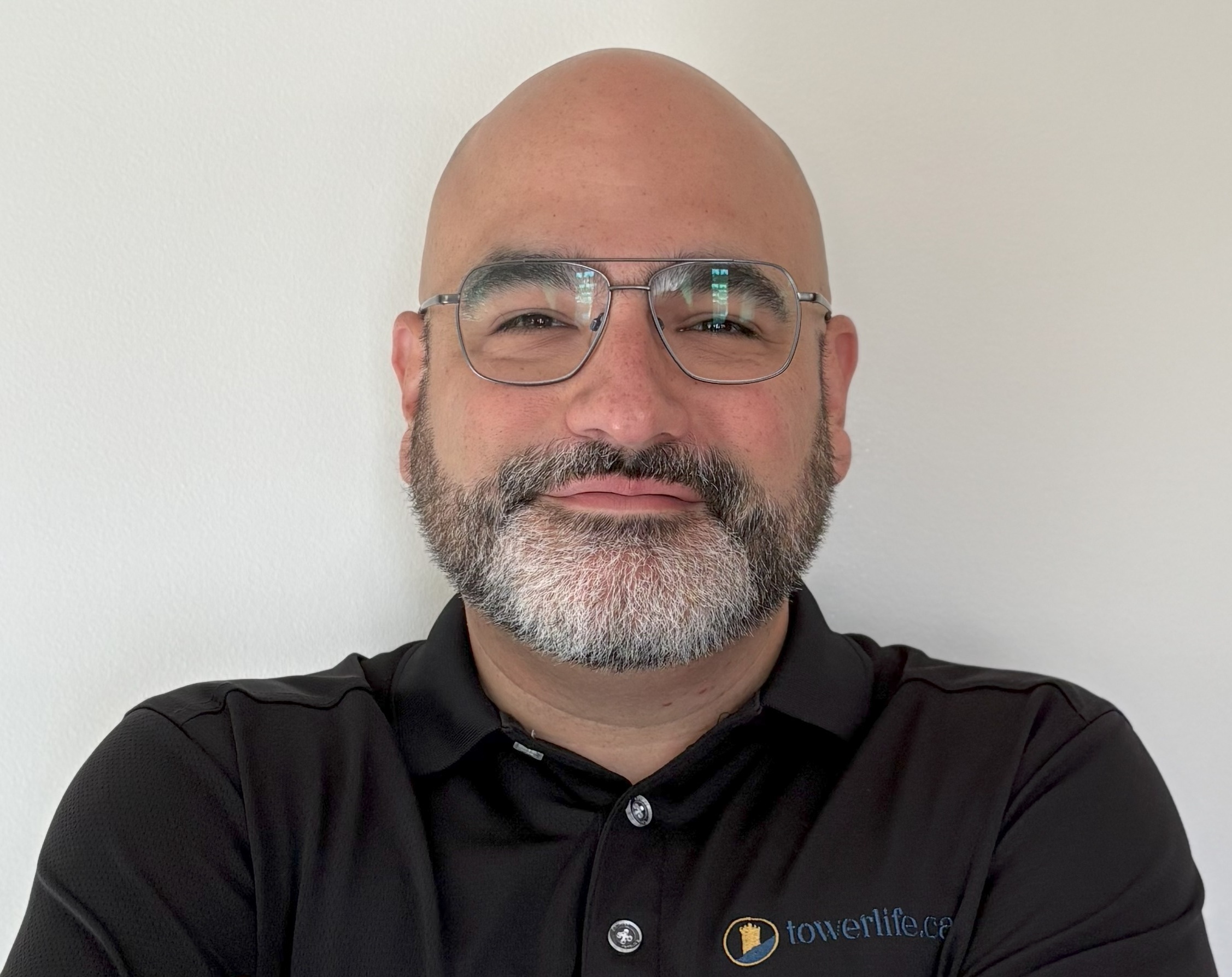Whole Life Insurance 101
Explore the foundational benefits of participating whole life insurance: tax-advantaged growth, guaranteed death benefit, uninterrupted compounding, and complete ownership and control.

George J. Roth
Founding Partner & Independent Life, Accident and Sickness Insurance Advisor. Authorized IBC Practitioner

Whole Life Insurance 101
The purpose of Whole Life Insurance is to provide coverage for the insured, for their entire lifetime. Traditionally, Whole Life Insurance is a consumer-demanded product that offers more than just a death benefit by permitting the policyholder to build equity in the policy. There is no other product that can provide the living and death benefits that participating dividend-paying Whole Life Insurance can provide.
Life insurance by design is not an investment, but rather a binding contractual agreement, which keeps your money safe and liquid so that you can use other people’s money without losing the growth on your own money. It is the financial tool that successful people have used for centuries to keep more of the money they make and stop losing money to taxes, interest, market volatility, management fees, and opportunity costs.
Paid-Up Insurance
Equity implies ownership. Equity is the value of an asset minus the liabilities associated with that asset. A Participating (Par) Whole Life Insurance policyholder builds equity in the policy as premiums are paid until the contract matures. At maturity, the policyholder will own 100% of the death benefit and will have zero further liability to pay premiums. At this point, the policy is called a paid-up policy.
Other insurance products provide a death benefit if the insured dies while the policy is still in force. But Par Whole Life Insurance uniquely allows the policy owner to own the death benefit. This contractual provision protects the value of the policy from low interest rates and rising insurance costs found in Term and Universal Life contracts.
The portion of the death benefit that becomes personal property is called paid-up insurance. As a legal asset, this can be used as a cash equivalent—withdrawn or used as collateral for loans.
Cash Value
The cash value of a Par Whole Life Insurance policy includes the paid-up insurance and the guaranteed cash value that accumulates—by contract. This value must equal the death benefit at age 100.
Withdrawals permanently reduce both the death benefit and the compounding growth of the policy, and this value cannot be replaced. Surrendered paid-up insurance also inhibits future policy growth.
Policy Loans
Unlike withdrawals, policy loans against the cash value can be repaid, preserving the policy’s compounding growth. The insurance company lends from its general fund and holds the paid-up insurance as collateral.
The interest is calculated daily and charged annually, compounding only if unpaid. These loans are flexible, unregulated, and available for any purpose—financing investments, managing cash flow, or consolidating debt—without disrupting your policy growth.
How Does a Par Whole Life Policy Work?
Whole Life Insurance is built on a fixed premium, guaranteed never to rise, in exchange for lifetime coverage. Over time, your premiums convert into paid-up insurance—ownership—giving you liquidity and control.
The faster you build paid-up insurance, the faster the cash value grows.
Who Buys Whole Life Insurance?
According to LIMRA, 11% of buyers are motivated by tax advantages, while 22% want to transfer wealth tax-free. The Tax Foundation estimated $1.68B was transferred tax-free in 2010 alone.
Though large cases exist, Whole Life Insurance benefits individuals and businesses at all income levels. Properly designed policies always deliver more than you put in—guaranteed.
Dividends
Participating policies pay annual dividends based on company profits. These are a return of premium and therefore not taxable if used to buy more paid-up insurance.
Once declared, dividends are fully vested and cannot be removed without your consent. Options for dividend use include:
- Paying premiums
- Buying additional paid-up insurance
- Purchasing term insurance
- Paying policy loan interest or principal
- Receiving the cash directly
Not all insurers offer dividends. If not, the policy is considered non-participating.
Advantages of Owning Participating Whole Life Insurance
- Equity ownership and shareholder participation in dividends
- Guaranteed fixed premiums for life with flexible payment options
- Tax-free death benefit that grows each year
- Uninterrupted compounding of cash values, with guaranteed growth
- Liquidity: use funds any time or as loan collateral without disruption
- Tax-advantaged growth and tax-free legacy transfer
- Estate planning tool to cover taxes on deemed dispositions
- Superior return on equity, immune to market volatility and inflation
- Interest-only loan flexibility with simple daily interest
- Disciplined saving tool for long-term financial consistency
- Proven history since 1847—over 173 years of uninterrupted dividends
- Private contract offering potential creditor protection
- Alternative to fractional reserve banking, shielding your capital from inflation
Disadvantages of Owning Participating Whole Life Insurance
- Higher initial cost than Term Insurance, though cheaper long-term
- Withdrawals reduce growth and cannot be replaced
- Loan interest rates may be higher, but paid to your mutual company
- Requires discipline and education, best with a knowledgeable coach
Participating Whole Life Insurance is not just coverage—it’s a powerful, equity-building asset. You don’t need to die to win. It preserves wealth, provides guaranteed protection, and helps you regain control in a financial system built on volatility and debt.
Your wealth must reside somewhere—why not in an asset you own and control, built on guarantees, that grows your wealth while letting you access it along the way?
Don’t wait. Learn the truth about Whole Life Insurance—before the opportunity is lost.
Related Articles


Jose Atencio
Founding Partner & Licensed Insurance Advisor
The 3 Certainties in Life: Death, Taxes, and the Need for Capital
Death and taxes are inevitable, but so is your ongoing need for capital. Learn how specially designed participating whole life insurance can help you address all three with confidence and control.
Read more

George J. Roth
Founding Partner & Independent Life, Accident and Sickness Insurance Advisor. Authorized IBC Practitioner
Is a Registered Education Savings Plan (RESP) The BEST Strategy For Funding Your Children’s Post-Secondary Education?
Compiled and written by George Roth, June 2023
Read more

George J. Roth
Founding Partner & Independent Life, Accident and Sickness Insurance Advisor. Authorized IBC Practitioner
Inflation-Proof Your Money with Whole Life Insurance
Discover how whole life insurance offers built-in inflation protection with guaranteed premiums, growing cash value, and unmatched long-term certainty—backed by over 175 years of dividend payments.
Read more